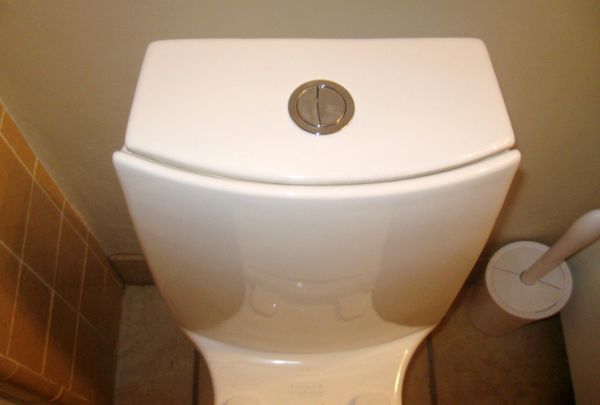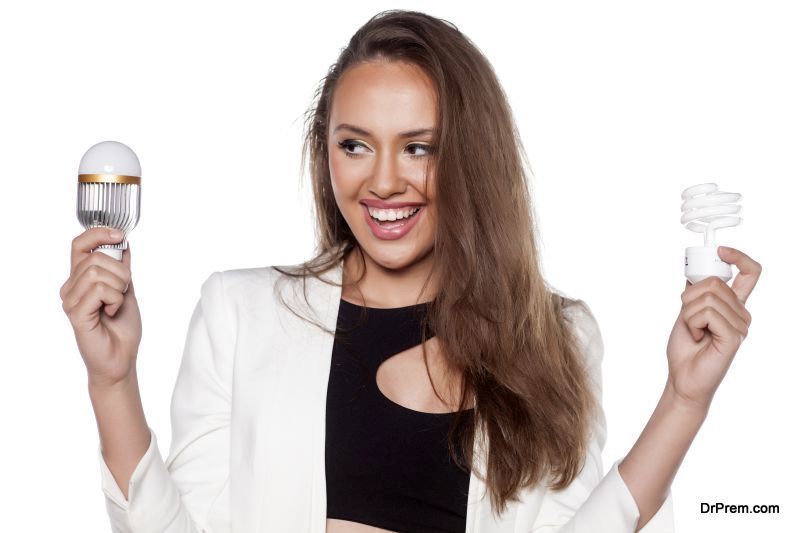Making homes more eco-friendly could increase their value by up to 38% in the UK, according to a study by leading global real estate advisors CBRE Residential. The survey also found that 82% of home buyers would pay more for an eco-friendly home, at a time when housing generates 29% of UK emissions.
Younger people were also found to be more interested in environmentally friendly homes than older generations, suggesting that improving your home’s carbon footprint will be key to future-proofing its value in the real estate market
One area of the home that can easily be made more energy efficient is the bathroom, not to mention the impact it could have on your utility bills. You may need specialist help with your eco-friendly bathroom renovation, but in doing so you could enjoy the environmental and financial benefits that come with it. Here are some ideas on how to improve the energy efficiency of your bathroom:
Install a low-flow toilet
A low flow toilet uses considerably less water than traditional toilets to dispose of waste. The newest style of low-flow toilets can use as little as 1.6 gallons of water per flush, in comparison to the standard 3.5 gallons of water used by old toilets per flush.
Not only does a low-flow toilet use less water, it can also dramatically decrease your water bill. It was recently claimed that water bills have risen by 40% above inflation since the industry was privatised in 1989, and the average family now pays £395 per year on its water bills.
A two-button flush toilet will help to reduce water bills even further. This model features a gravity-fed tank with two volumes of water, offering a half flush (0.8 gallons) or a full-flush (1.6 gallons) per flush. This can wind up saving up to 27,000 litres of water a year.
Use natural and recyclable materials
When redecorating your bathroom, you should consider using natural or recyclable materials that won’t end up in landfills creating greenhouse gases. For example, steel bathtubs are extremely hard-wearing and can be maintained for up to 30 years. Unlike popular acrylic or fibreglass tubs which normally end up in the landfill, fittings made from steel can be recycled.
You should also consider eco-friendly materials for floors and walls. Recycled glass or ceramic tiles are popular recyclable materials, but – for a more natural feel – materials, such as bamboo, work well as its resistant to water and mildew. Natural linoleum is another eco-friendly option, as it’s biodegradable, hypoallergenic, and requires minimal care.
Install LED or energy efficient lighting on a sensor
By simply replacing a traditional light bulb with an LED light, you can save a huge amount every year, and changing all the bulbs in your home could wind up saving you £35 a year on electricity bills. The initial cost may be slightly more than traditional light bulbs; however, energy efficient light bulbs last much longer, and typically use 25-80% less energy.
You could also consider putting the lights on a sensor, so they’re only switched on when you’re in the room. This eliminates the need to use a light switch and works well for those who may forget to switch the lights off in the mornings.
Use energy efficient ventilation
Damp bathrooms are ideal breeding grounds for mould, mildew and bacteria, so adequate ventilation is essential in maintaining airflow and keeping bathrooms dry. According to ASHREA standards, the air in a house needs a complete change every 3 hours, or 0.33 times every hour. However, this means removing warm air and replacing it with cold air from outside.
Old ventilation systems failed to tackle this issue, bringing in cold fresh air from outside and then reheating it, thus using extra energy. Energy efficient ventilators, such as Heat Recovery Ventilators (HRV), heat the fresh air as it circulates it into the home, eliminating the need for it to be reheated later and saving energy and money in the process.
While it may seem that going eco-friendly in your bathroom is a costly process, you will be saving money in the long run while also significantly reducing your carbon footprint. Just a few simple changes in your bathroom renovations make a massive difference to the environment and your annual bills.
Article Submitted By Community Writer




